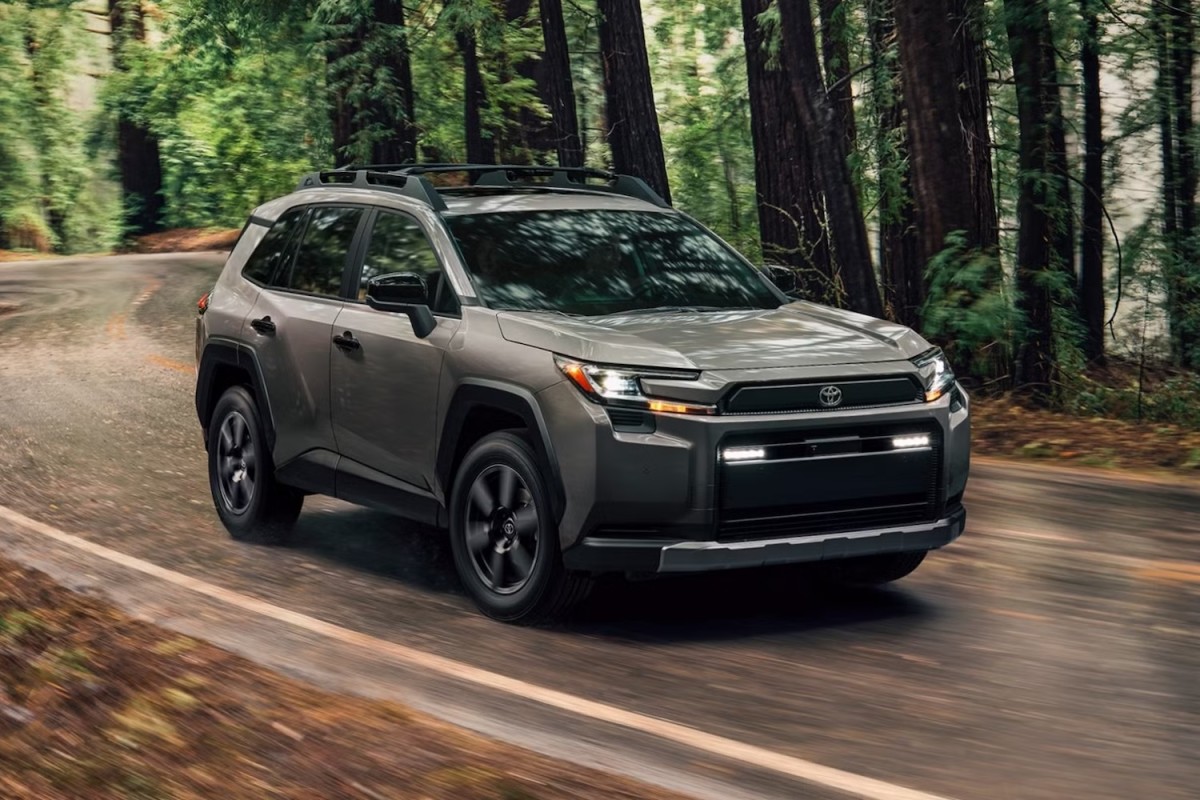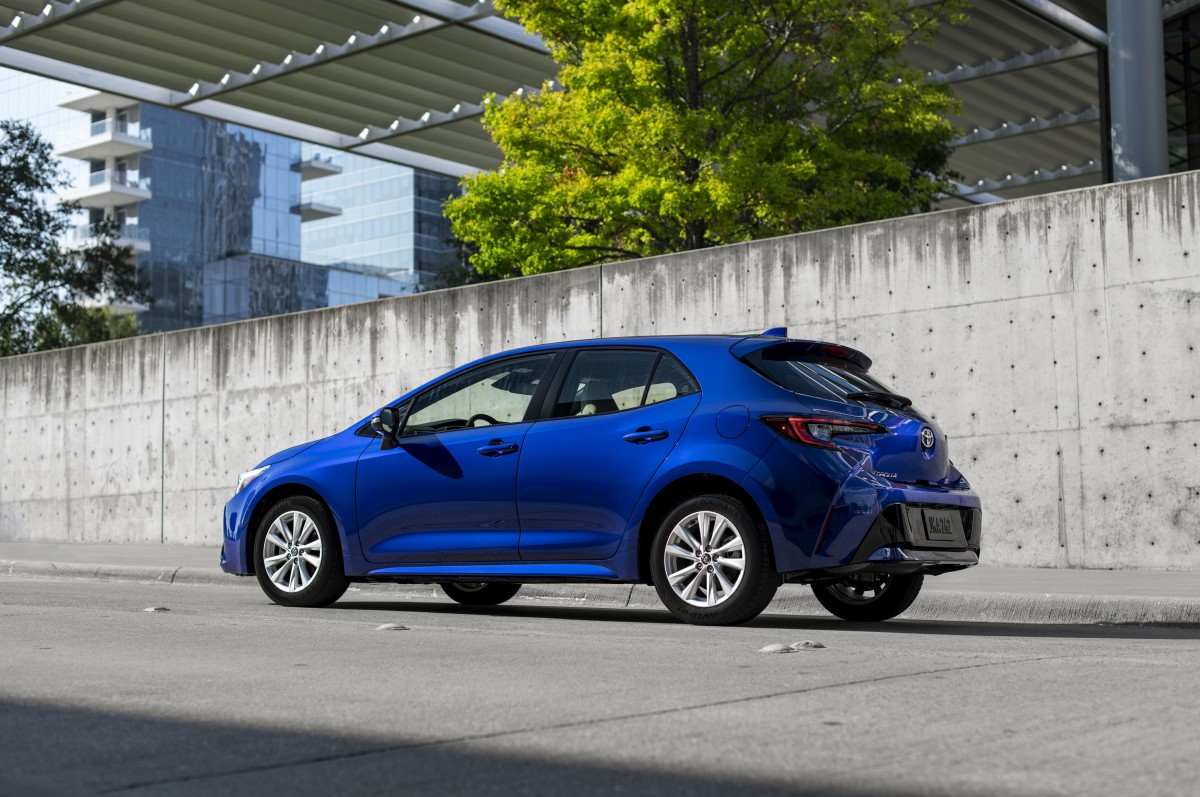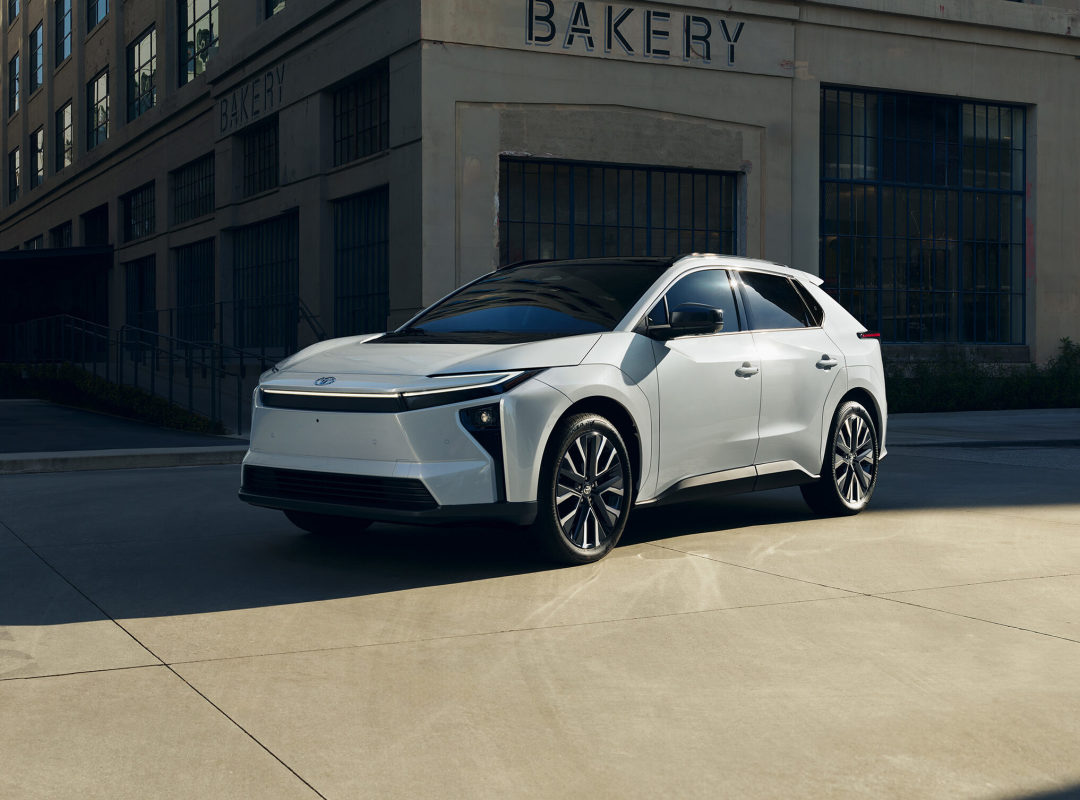The Impact of Tariffs on Toyota’s 2025 Plans

Come 2025, Toyota is poised to unleash a whole slew of shiny new vehicles, totaling two dozen models under the Toyota and Lexus banners. However, things are in a bit of a pickle right now, thanks to tariffs introduced by the Trump administration. The Japanese automaker finds itself dealing with a hefty 25% tariff on imported vehicles and parts. This scenario leaves Toyota executives scratching their heads about how this will impact pricing, production, and the availability of entry-level models in the United States.
Entry-Level Concerns

The big question on everyone’s mind at Toyota is how to respond to these tariffs. Mark Templin, executive vice president and COO of Toyota Motor North America, expressed concerns that the tariffs could make many vehicles unaffordable for the average American. Toyota is contemplating whether to keep some of its base models in the U.S. market or not. Imagine the popular Corolla, starting at $22,035, becoming less attainable with a price bump driven by tariffs.
Tackling the Tariff Challenge

Navigating these tariffs isn’t straightforward, as the guidelines from the government are still a bit murky. They cover imported autos and parts, but it remains unclear how this applies to components that cross borders multiple times or are covered by the USMCA trade deal with Canada and Mexico. If reducing costs isn’t an option, Toyota might have to rethink where it manufactures its vehicles and parts to keep things affordable.
Market Impact

The auto industry is bracing itself for potential shifts in market dynamics. Before the tariffs, U.S. car sales were picking up steam, nearly reaching 16 million units sold—getting closer to the 2016 record of 17.5 million. Toyota had high hopes for maintaining this growth trajectory. However, with tariffs in play, sales could see a decline, and forecasts for the year could dip as low as 14 million if these tariffs stick around long enough to push the economy toward a recession.
Response Strategies
General Motors, Toyota’s competitor, estimates a potential $5 billion impact due to the tariff situation. Toyota knows it has to act strategically. Whether the tariff costs get passed on to consumers will depend on the specific model and market segment. A 25% price increase can sting, but a luxury buyer might absorb the hit better than someone looking at entry-level options. For Toyota, this rings particularly loud since it has multiple affordable models priced under $30,000.
Future Production
Toyota’s strategy involves building most of its vehicles in the regions where it sells them, including the U.S., home to 11 of its plants. This plan helps minimize tariff exposure, but shifting production is no overnight task. To offset tariffs, Toyota might consider ramping up domestic production, but building new plants could take several years to become a reality.
The road ahead is undoubtedly bumpy, but car enthusiasts and potential buyers are eagerly observing how Toyota will steer through these challenges and adapt its robust lineup to maintain its foothold in the U.S. market.
GR Corolla Moves UK
Bentley Blower Jnr
GM Engine Crisis
Hyundai's Truck Plans
2026 BMW M2 CS Unveiled